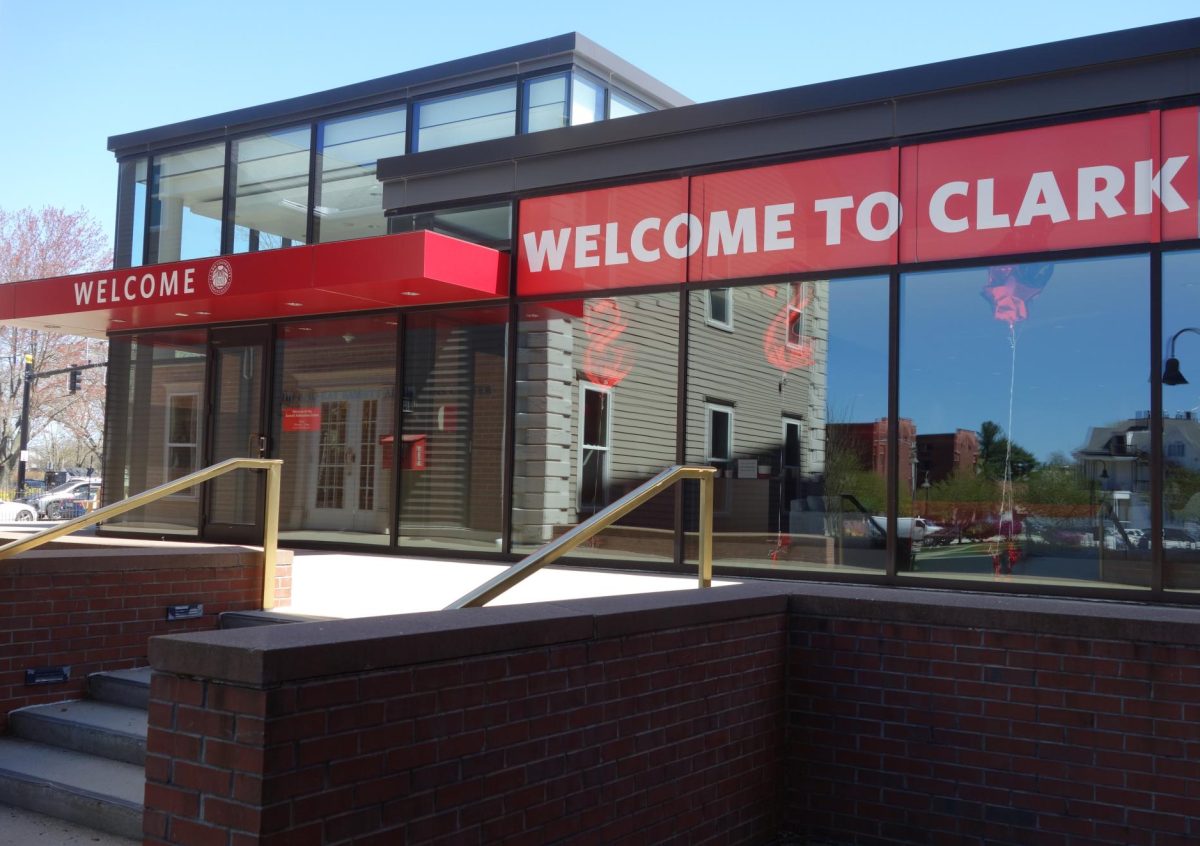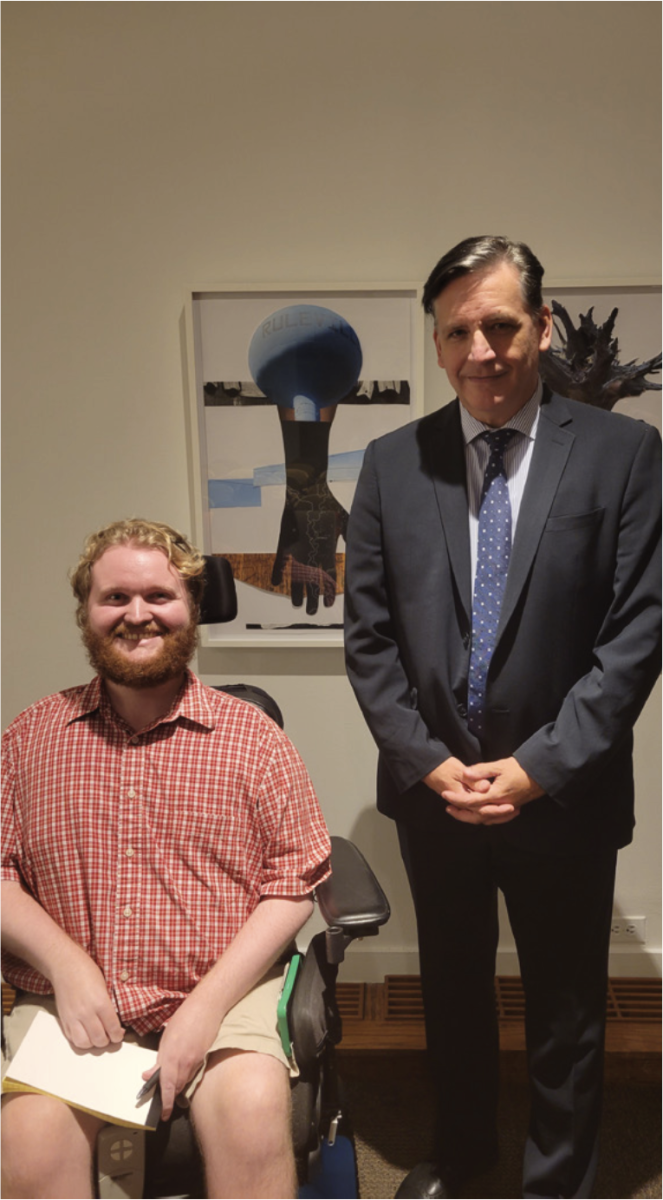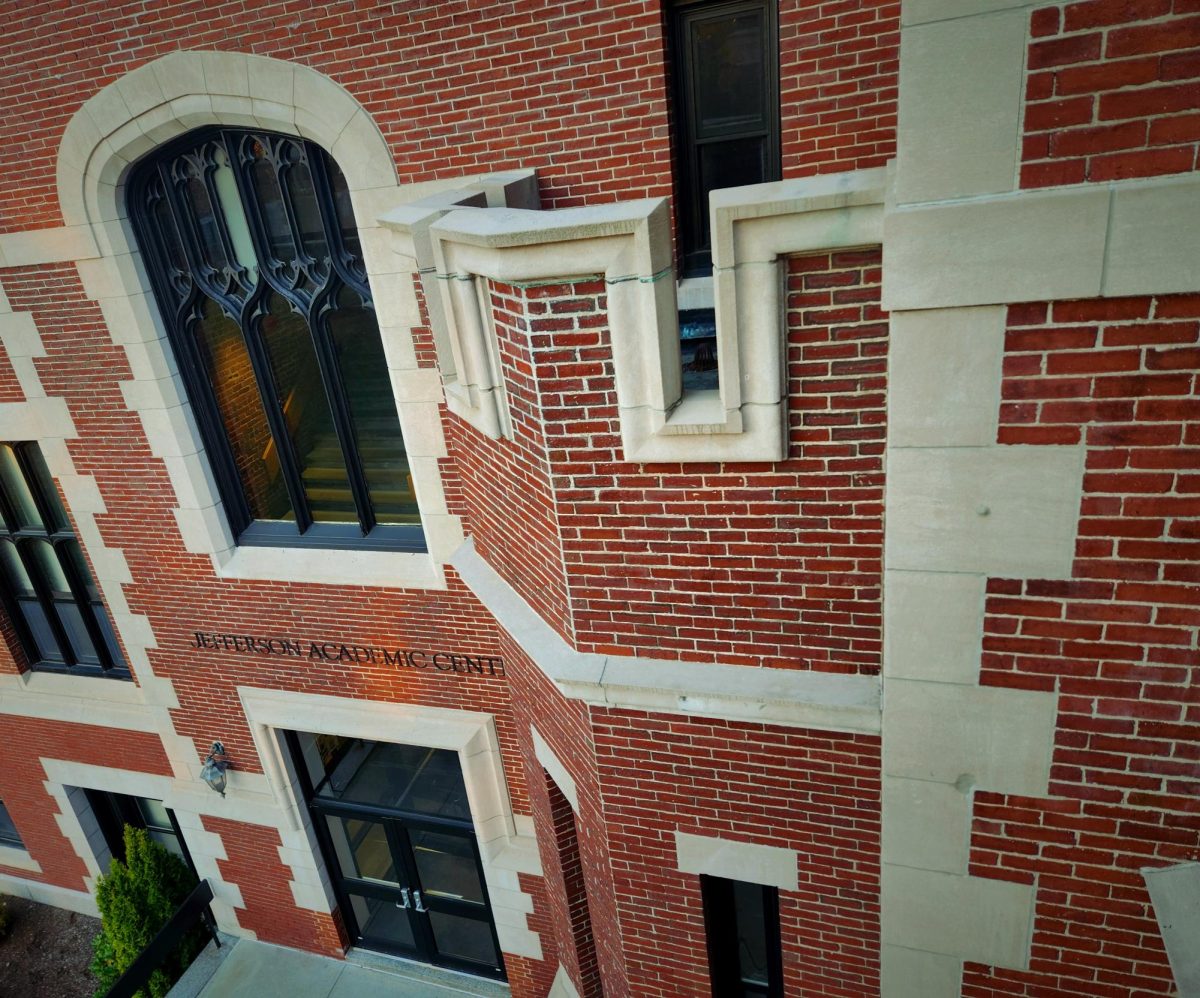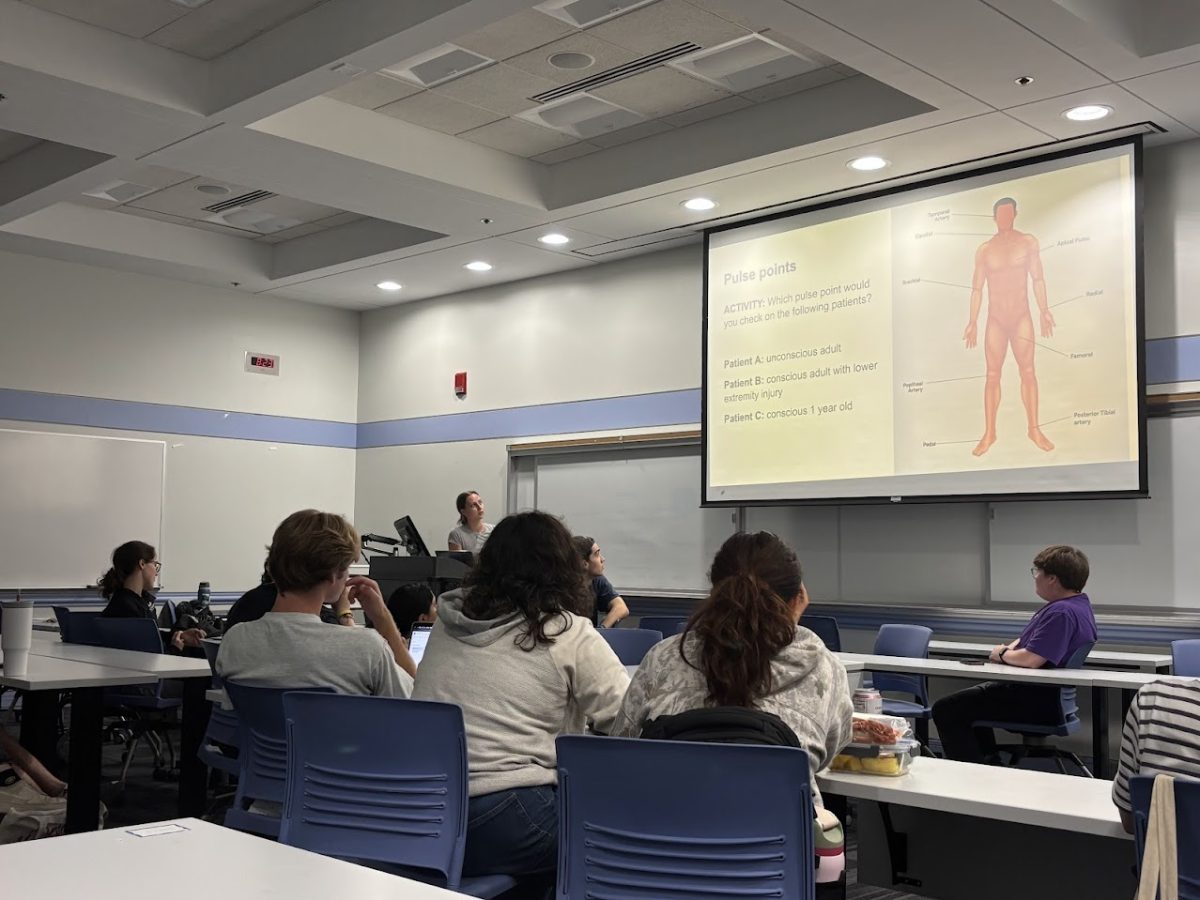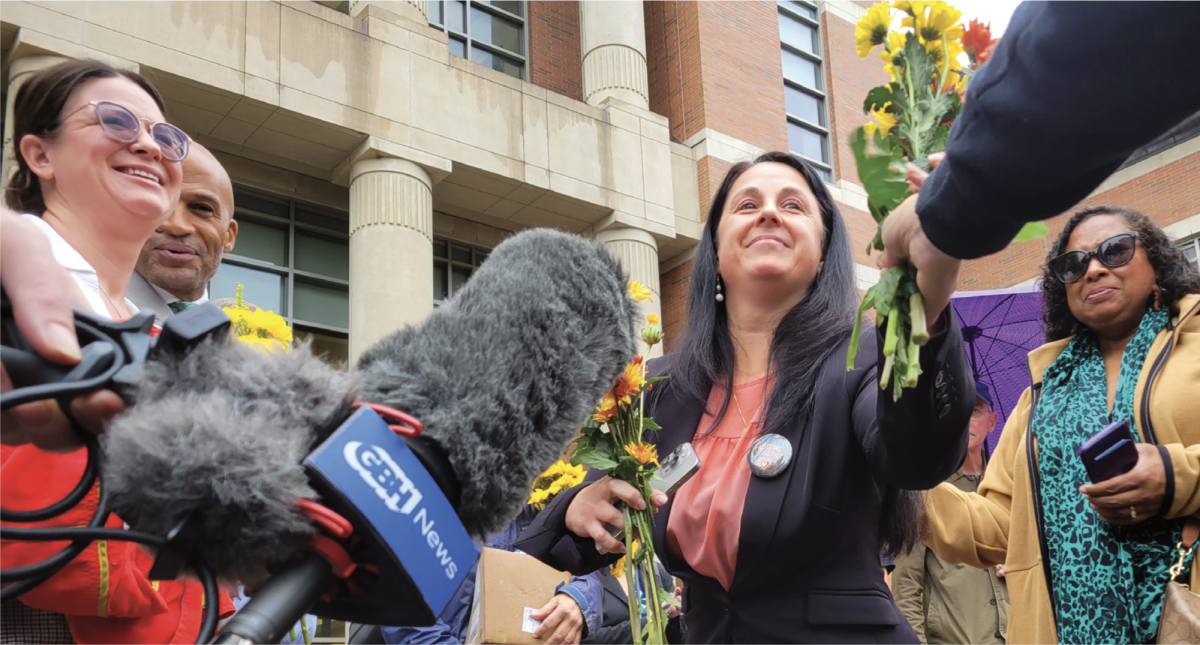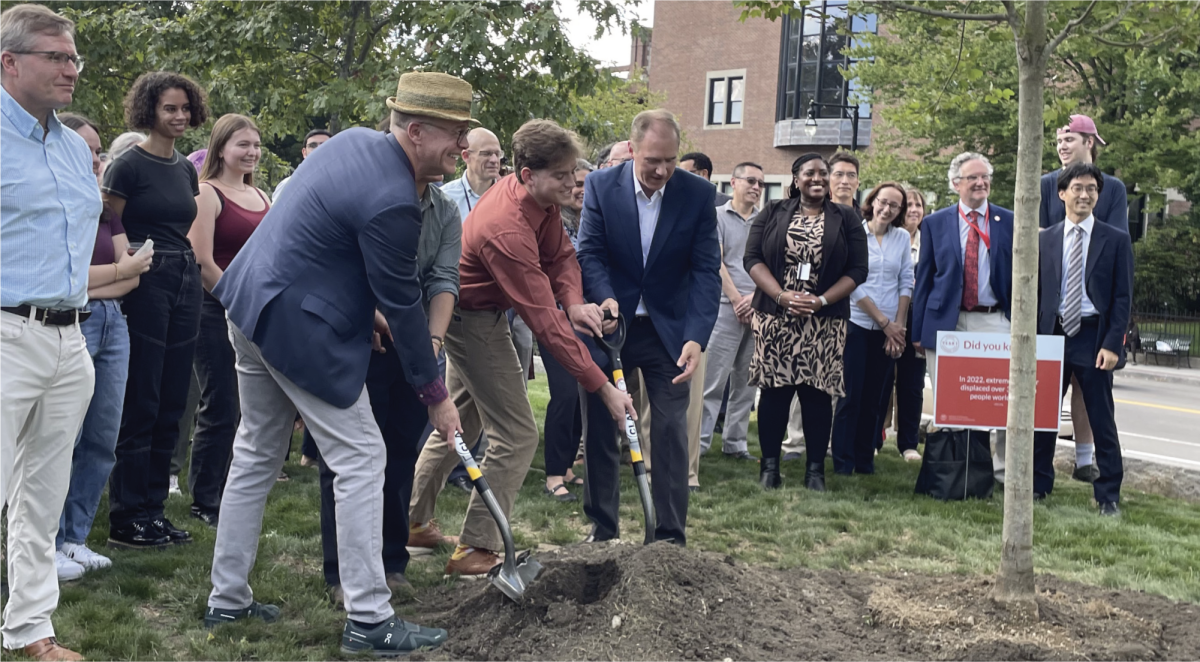The cost of attending Clark University will increase again next year, fueled by higher costs of tuition, room and board, and a new fee that all undergraduates will pay. A milestone in the University’s history, the total cost of attending Clark for a year will exceed $70,000 for the first time.
“Our goal in annually determining the price of attending our university is to ensure that a Clark education is accessible and affordable and that we have the resources we need to sustain or heighten the excellence of our academic programs and further enhance the student experience,” Clark President David Fithian wrote in an email sent to students in March.
The sentiment is nearly identical to previous messages each spring announcing changes to Clark’s cost of attendance. For the 2024-25 academic year, the cost of tuition will increase by $2,680 a semester. Standard meal plans and standard double room costs will also increase. Students will also be billed $600 for a new “health and wellness” fee.
In total, a Clark education next year will cost nearly $4,000 more than it did this year. Overall, the total cost of attendance is increasing at a steady rate of 6.08% per year.
The Scarlet previously reported that “over the last decade, the change in tuition and cost of attendance year-over-year was relatively consistent at Clark,” according to staffer Everett Beals. “Tuition increased by approximately $1,250 each year, while sticker prices rose by just over $1,500. That changed in 2021 when costs jumped upwards, a trend that has continued into this year and the next,” he wrote.
Budgeted into this year’s increasing cost is a new $600 fee aimed at providing “essential services related to students’ health and well-being,” according to Dean of Students Kamala Kiem. Services include “programming and initiatives… in support of Health Services, Counseling & Personal Growth, and Wellness Education,” Kiem told The Scarlet.
“This fee will help support our efforts to this end; the costs associated with the current level of health and well-being resources are over $1.8 million,” she said.
New Fee a Result of Long-Term Planning
Robin Dankovitch, Associate Dean for Health and Well-being, described health and wellness as “an optimal and dynamic state that allows individuals and communities to reach their full potential and thrive.”
The new focus on health and wellness reorients the programs and services that Clark offers to improve the well-being in the campus community.
“The goal is not the absence of illness but to build health and flourishing outcomes for our people, place, and planet collectively,” Dankovich said.
In October 2021, Provost Sebastián Royo hosted a meeting to jumpstart the Health and Wellness Task Force, composed of faculty members across several areas and several Deans and Directors. This task force focused on building a healthy community culture in and outside of Clark, educating students and faculty about prevention strategies, and strengthening campus-wide resources related to health and wellness.
After a six-month break, the Task Force met again after dividing into subcommittees to create recommendations and a plan to implement them. According to the Health and Wellness Taskforce Final Report from 2022, “The task force recognizes the strengths of how Clark University currently serves the health and well-being of our student body while also acknowledging the improvements that could be possible to strive for in our future.”
A large portion of the new fee will go toward these recommendations and plans for the future, according to the Task Force. Also mentioned in the report is the Dean of Students’ Campus Assessment, Response, and Education (CARE) Team, “focused on creating sustainable systems of support that provide students with wrap-around services to meet their academic, personal, and social needs.”
The goal of the program is “retaining the student” – in other words, attempting to prevent students from transferring or dropping out – by “resolving their challenges, and overall improving their experience.”
The Health and Wellness Fee will be allocated based on the data from the Healthy Minds Survey (collected from February 20, 2024 to March 26, 2024) as well as CARE reports from previous years. It will be distributed to resources like the Center for Counseling and Personal Growth, Health Services, and Wellness Education initiatives.
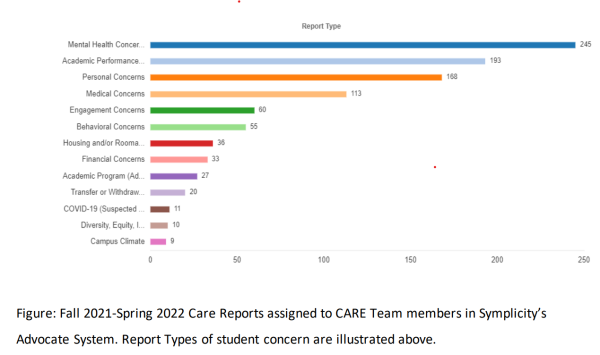
University leaders say that they will continue to enhance mental health and well-being support services by leveraging resources from the new fee. The research for the amount of support will be ongoing, says the two Deans. There will be plans to increase the number of wellness activities and programs throughout the 2024-2025 school year, although there will still only be one designated Wellness Day in the spring each year.
The announcement regarding new expenses comes just after the See You Collective, the mutual aid organization on campus, reported having to temporarily stop taking requests due to lack of donations, and the end of their fiscal sponsor. They have since secured a new sponsor.

